Best Floor Coverings for Underfloor Heating
One of the questions we often hear is “what is the best floor covering for underfloor heating?” In this article, we’ll explore the different types and what you should consider when deciding what flooring is right for your UFH system.
As long as the basic requirements for compliance are observed, underfloor heating can be fitted into any normal floor without the need for significant changes to the structure.
One of the key things to consider when selecting flooring is that the temperature within must not be raised to a level at which the strength and dimensional characteristics of the floor are adversely affected.
Furthermore, the below factors must be taken into consideration:
-
Insulation of adequate thickness and resistance must be provided to limit the downward heat losses from the floor so that they are little more than they would be if any other form of heating were used.
Thermal conditions prevailing below heated floor
Thermal Resistance BS EN 1264 Part 4
R= m²K/W
Heated room below or adjacent
0.75
Unheated or intermittently heated below or on ground
1.25
External design air temperature > 0°C
1.25
External design air temperature 0°C to -5°C
1.5
External design air temperature -5°C to -15°C
2.0
Minimum thermal resistance of insulating materials (m²K/w) below pipes – CIBSE
-
An effective conducting path must exist from the heating pipes to the floor surface to enable efficient heat transfer up to the underside of and through the floor finish.
- The floor finish must have a sufficiently low thermal resistance to the transfer of heat to enable the correct amount of heat to be emitted into the room above.
- Consideration must be given to all other services (electrical cables or cold water) contained within the floor structure that might be affected by the high temperatures.
With this said, hard surfaces such as tile, stone and polished creed or engineered wood, offer the best heat transfer because they are the most thermally conductive.
Before we go into further details about the best flooring types including their pros and cons with UFH, it is important to clarify that thermal conductivity is the ability of a material to transfer or conduct heat.
Thermal Resistance of Floor Finishes with Underfloor Heating
Acceptable thermal resistance for typical floor finishes - CIBSE
|
Thermal resistance |
TOG /R (resistance) |
Floor finish |
|
0.00 m²K/W |
0.0 |
2mm vinyl tile, 5mm ceramic tile, 3mm epoxy coating< |
|
0.05 m²K/W |
0.5 |
25mm marble, cushion linoleum, 5mm underlay |
|
0.10 m²K/W |
1.0 |
9mm carpet floor tile, 13mm hardwood, 8mm underlay |
|
0.15 m²K/W |
1.5 |
Medium pile carpet, wood blocks, 22mm timber laminate |
|
0.20 m²K/W |
2.0 |
Deep pile carpet with 5mm underlay |
|
0.25 m²K/W |
2.5 |
Deep pile carpet with 8mm underlay |
Heating Outputs Relevant to Thermal Resistance
Uponor Minitec – Wet System
Uponor Minitec floor temperature output (w/m2) for different floor resistances
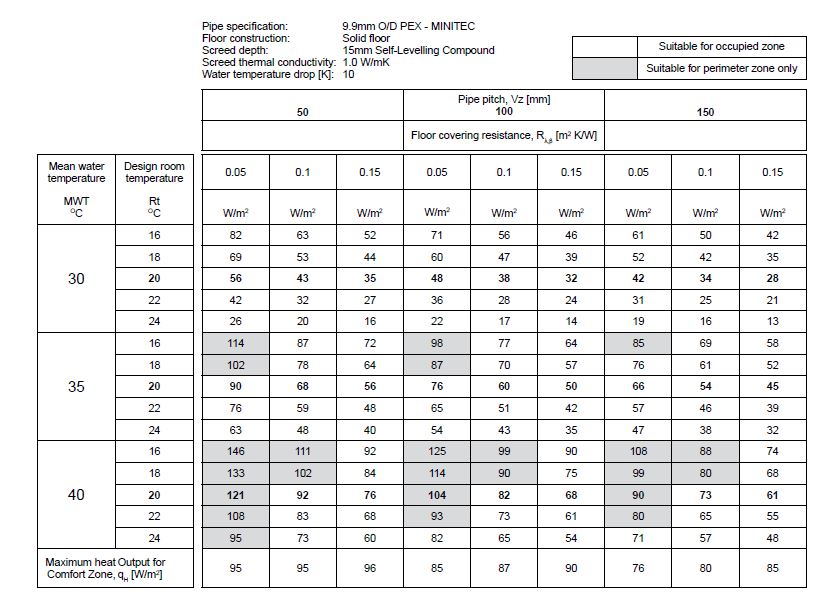
Uponor Siccus FX – Dry System
Uponor Siccus FX floor temperature output (w/m2) for different floor resistances
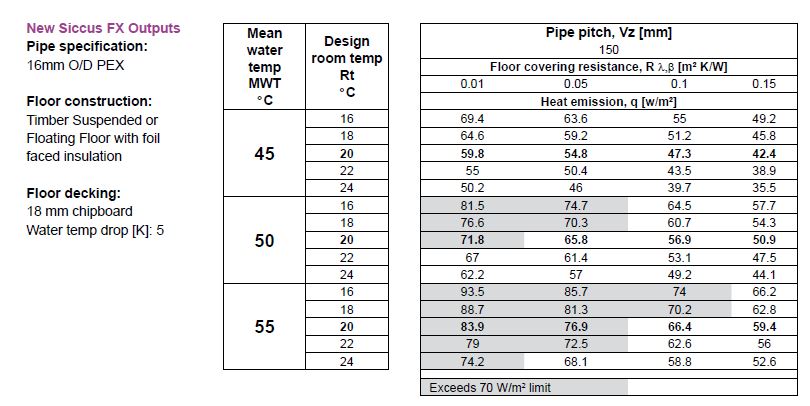
Types of Flooring Suited for Underfloor Heating
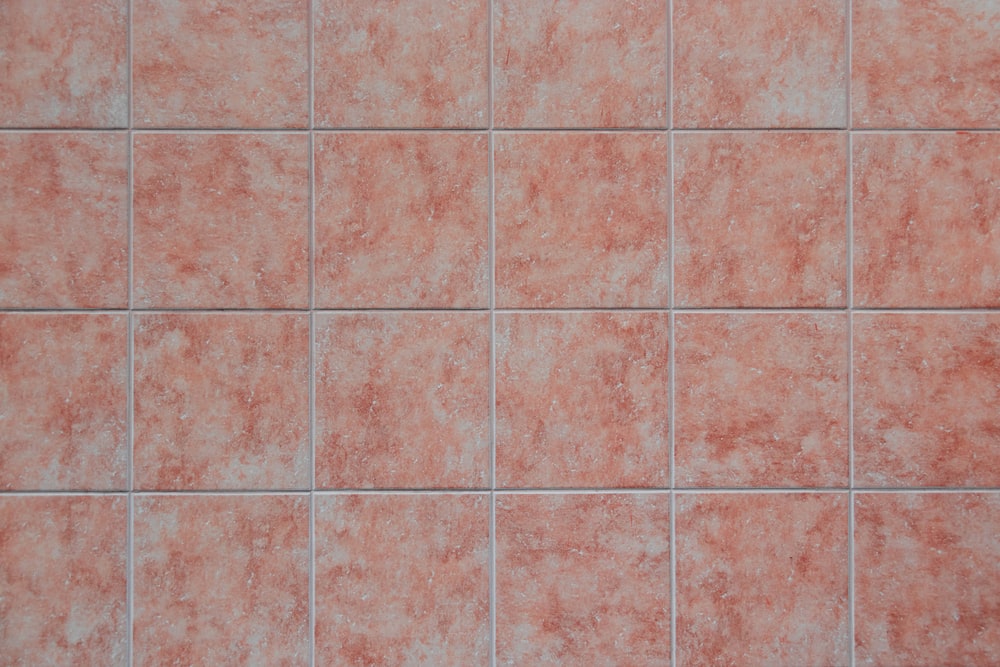
Ceramic Tiles and Stones
They have the highest thermal conductivity which also makes them very practical due to their easy-to-clean surface. In addition, they are the preferred choice in bathrooms.
- Can be installed in any floor level
- Durable and long-lasting
- Heat transfer efficient
- The best floor material to use with UFH
- Easy to keep clean
For more information, read our article on Beginner’s guide to underfloor heating in bathrooms.
Engineered Wood Flooring
It is very important to highlight that different types of wood flooring have different thermal properties, which makes them dissimilar in their suitability for use with an underfloor heating system.
Prior to choosing a wood flooring for your UFH, make sure to select a wood flooring that is denser and thinner to ensure they do not block the heat transfer.
-
Suitable for all floor levels
-
Good heat transfer
-
Low maintenance
- Durability
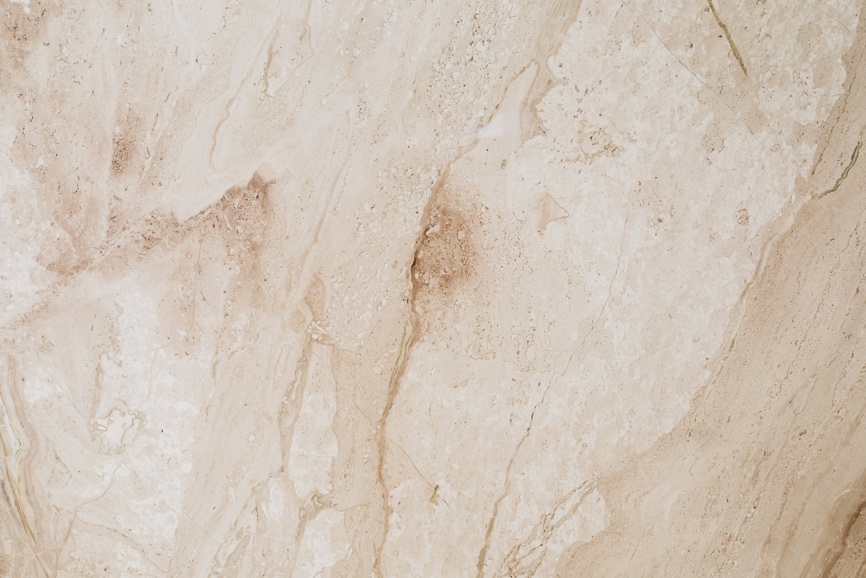
Vinyl Flooring
Vinyl floors are not recommended in high heat loss areas such as older conservatories and they are subject to a top floor temperature restriction of 27°C.
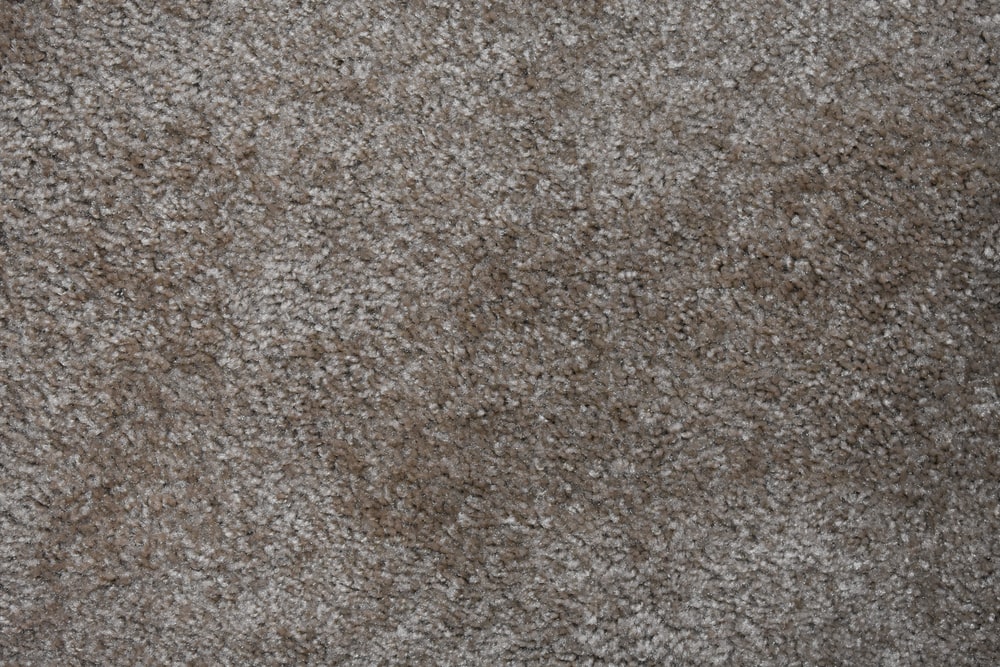
Carpet Flooring
Carpet and rugs are suitable for use with underfloor heating systems if the under and overlays do not exceed 2.5 togs to allow the system to provide sufficient heat output.
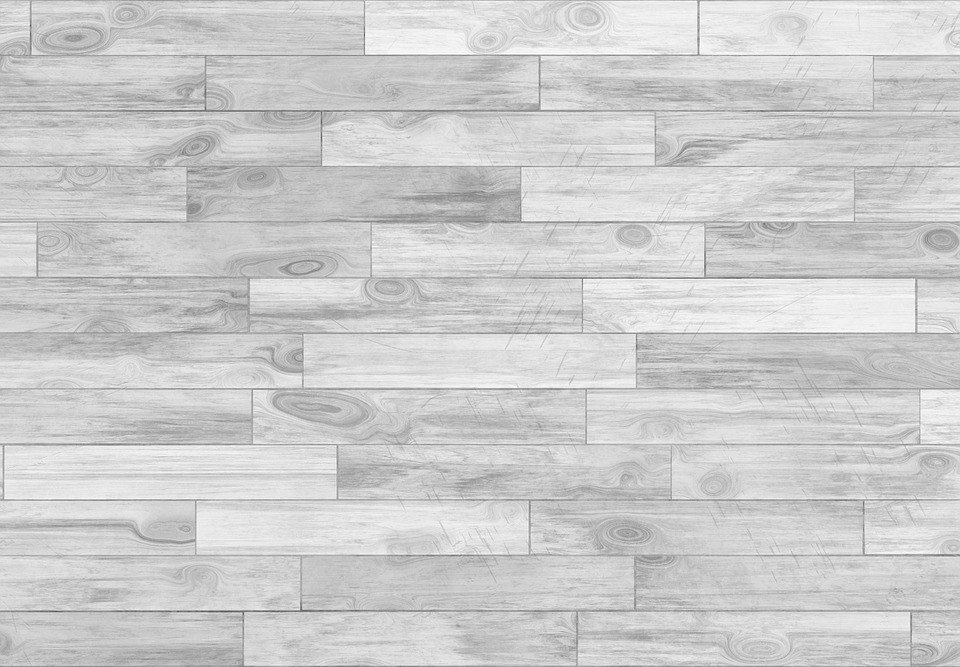
Laminate
Most laminates are suitable for use with underfloor heating, but it is advised to check with the flooring manufacturer before installing the system.
- Heat is conducted easily
- Very easy to clean
- Easy to remove and replace if something goes wrong with your system.
Most flooring types can cope with underfloor heating systems and care is required to check the floor finish manufacturer’s maximum temperature limits against the maximum design floor surface temperature for a given room or space.
Some flooring types that are considered to be very hard-wearing are sensitive to temperature and have similar low surface temperature limits such as wood. Many vinyl tiles and plastic floor covering also fall into this category.
Many fitted carpets are good transmitters of heat when tested to BS4745:2005 as long as the underlay is suitable for use with underfloor heating and has a low Tog value when tested using the BS EN ISO 8302.
More information on Uponor underfloor heating can be found here
If you have any queries about the best type of flooring for your underfloor heating system, get in touch with our team today.
